“5 Goals Every Blogger Should Set Up in Google Analytics” plus 1 more |  |
| 5 Goals Every Blogger Should Set Up in Google Analytics Posted: 23 Oct 2012 01:02 PM PDT This guest post is by Eugen Oprea of EugenOprea.com. Do you want to build a successful business online? I bet you do. Now that I have your attention, what is the first and most important step that will help you achieve that? It’s important to know your audience and to build an awesome website that is fast and secure. It’s also important to have a social media presence and to write engaging articles. But all of these come after you set up your business objectives and goals. Setting up your business objectives and goals is the first and most important step towards your success online. Without them, you might as well not start it at all. Set up goals for your blogLike business goals, you also need to have goals for your website. Whether they are simple goals like attracting readers and engaging visitors, or bigger goals, like increasing conversion rate, you need to have them on paper. Then, once you are aware of what you want to achieve with your website, it’s time to start measuring those goals. The simplest way to do this is by using Google Analytics. Google Analytics helps you not only see stats about your visitors, but also lets you create and measure your website goals and objectives. Getting startedIf you are just getting started with Google Analytics, you may want to read more about reviewing your offer, revisiting your conversion funnel, and revamping your communications, or get a handle on the basics of Google Analytics. But, you likely already have a Google Analytics account, so let’s just dive in to creating the first goals for your website. For starters, I would recommend you measure:
Before diving into each of these stats, let’s see how you can create a Google Analytics goal. Log into Google Analytics and from your Account Home select the website for which you want to set up goals. On the next screen you should see the Visitors Overview—this is a good opportunity to check your Pages/Visit and Avg. Visit Duration stats. You will use them later. Then, select[Admin from the top-right menu, select your website profile, and click the Goals tab. Now, here’s how you can create the goals outlined above: 1. Measure your engaged visitorsStart with the Goals set 1, and click on the +1 Goal. You will be directed to a window that will help you set up your first goal. First, type in a name for your goal and make it active. The you will see a list of Goal Type options. You will learn about all of them in this article, but select Visit Duration for this goal. This will help you measure how engaged your visitors are, and who is sending you those engaged visitors, among other things. Next, on Goal Details, select visits with Visit Duration greater than your Avg. Visit Duration. For my websites, I use one minute as the duration. Additionally, you can add a value for your goal, but if you are not sure about this, add 1. 2. Measure your readersNow, it’s time to set up the next goal and see who are the readers of our website, and which visitors read more articles. Just like for the first goal, you need to give this one a name and make it active. Then, select Pages/Visit as a Goal Type, and enter as the Goal Details visits with Pages/Visit greater than your average Pages/Visit. I use 2 for my websites. Add a value for your goal and you are done with this. 3. Measure your email subscribersNext, we get to the exciting part: measuring your email subscribers. Even though it’s fairly easy to set this goal up, it will give you so many insights that can help you increase your conversion rates. First, though, you will need to have a Thank you page set up to send visitors to after they confirm their email address for you. You are going to use this page when setting up your goal so set it up on your website first. Once that’s done, set up your email marketing provider to direct visitors there after they confirm their email address. Now, you can create the goal. This time you need to select URL Destination as the goal type and on the Goal Details, you need to set these options:
Additionally, you can set up a Goal Funnel, which is essentially a series of pages that lead to your conversion or thank you page. You can use this option if, for example, you have a landing page for your newsletter. In this case you can select / as the URL, name it Index and /your-landing-page/, and add a name for it. This will let you see where your visitors dropped out on their way to subscribe for your newsletter. 4. Measure your customersSetting up a goal to measure your customers is essentially the same as for your subscribers. All you have to do is create a conversion page where you can send people after they purchase your product. Then, you need to set up a goal for it in Google Analytics in exactly the same way you did for subscribers. 5. Measure your ads’ performanceBefore setting up a goal for measuring your ads’ performance, you need to have a good idea about what event tracking means and how you can implement it. So, first learn about how you can use event tracking and what it means for measuring your ads’ effectiveness. Now, once you setup event tracking on your website, you can go and create a goal for each event you’ve set up. To do that select Event as the Goal Type and fill in the Category, Action, Label, and Value for your goal. These values are the same ones you used when you set up event tracking for your calls to action. You can set up goals for all your events, your most important events or none of them. It’s your choice if you want to see them only in the Events section, or get more insights about how different traffic sources are sending you visitors that complete actions differently. How to measure your Google Analytics goalsHere comes the most interesting part of this article: measuring the outcomes for the goals you set up. After you se tup these goals, you will be able to see your engaged visitors, your most loyal readers, your subscribers, your customers or how your ads are performing. But what do you do if you want to discover who is sending you traffic that converts? And by “converts,” I mean simple visitors becoming engaged visitors, loyal readers, subscribers, customers, or people who click on you ads. To do that, you need to navigate to Standard Reporting > Traffic Sources > Sources > All Traffic. Then click on Goal Set 1, just above the graphic, and you will see conversion data about your traffic sources. This will tell you which websites are sending you visitors that convert, and you will know where you need to leverage your presence. For example, you can learn:
Finally, you can apply this technique to check most of the reports in Google Analytics. Go ahead and discover more about how your visitors convert. Back to youNow that you finished reading, it’s time to take action. Go and set up the goals you learned about and then come back and share with us:
Eugen Oprea helps people drive more traffic to their websites and increase conversion rates. Get his Google Analytics course for free to learn more and check his new WordPress plugin Elevatr. Originally at: Blog Tips at ProBlogger 5 Goals Every Blogger Should Set Up in Google Analytics |
| The Only SEO Your Blog Posts Need Posted: 23 Oct 2012 07:04 AM PDT This guest post is by The Blogger. Okay, I know you’ve read posts about SEO, PageRank, and other things we bloggers should all know about. This stuff is helpful, but it has come to overshadow some of blogging’s golden rules, like that original content is king. I doubt this fantastic blogger ever focused on “Search Engine Optimization,” yet her fan page is bigger than yours or mine will ever be. All you really need to know about SEO are three relatively simple things and how they relate to each other. I’m talking about Keywords, PageRank, and backlinks. In this post, I’d like to explain how these three things come into play when you publish a new blog post. If you learn something by the end of this, post a comment and tell me. 1. Find popular keywordsTo discuss keywords, we’ll began after your post is written, but before you hit Publish. I’m not here to tell you how to write posts. Everyone writes in their own beautiful way and you may be onto some new way of writing that is totally revolutionary and perfect on its own. Keywords do two things, they describe your post and they make it popular. By popular I mean people are search these keywords in Google Search. So here’s an example: You write a blog post on vacation spots in the Caribbean. Potential keyword phrases include “vacation spots Caribbean,” “cheap Caribbean vacations,” “best places to vacation Caribbean,” and anything else you’d imagine people are currently searching in Google. You need a way of knowing which keyword phrase is best and I’ve got just the tool for you. The best keyword toolGood news, you don’t need to imagine because Google lets you know for sure. Head over to the free Google Adwords Keyword Tool and try out some searches. Just plug in some short, two- to four-word phrases and see which are popular. You have to try out a few searches to get the hang of this thing, so don’t get frustrated if your initial searches produce low results. The Adwords Keywords Tool is totally amazing. It shows search term volumes and competition levels. Ideally, you want keywords phrases with low competition and ridiculously high search volume. This can be tough. Some phrases, like “cheap car insurance” or “purchase blog hosting,” are already totally bought out. Some phrases that aren’t popular at all are bought out. Weird huh? Google makes too much money. But you’re not paying a cent here. Hooray! Here’s an example of how I used the Adwords Tool: I just published a blog post on About Me pages and found “About Me page” to be a good keyword phrase for it. 246,000 people were searching that and competition was low—which is good enough for me! Some phrases get searched as much as 151 million times a month though. Impressive, huh? Notes: Disregard one word phrases, those won’t help you here. Also disregard the website and category fields as you don’t need them for these searches. Once you’ve found a good phrase, we’ll work on putting those keywords in your post title. 2. Put the keywords inside your post titlesWordPress.com estimates that 500,000 new posts enter their blogosphere each day. That’s just the .com. Factor in other platforms and we’re talking a couple hundred million. But about 95% of these posts are mistitled. The post authors slap careless titles on their posts that prevent the posts from ever being found. Why would you want a blog post to not be found? Now I know I talked about titling posts in my previous post—but I’m not some title guru, okay? Just bear with me. Titles broken down, againA blog post title consists of two parts: what you see, and what Google sees. What you see is the actual title! What Google sees is the permalink. You want those keywords you just chose inside the permalink. This tells Google crawlers what your post is all about. One way to accomplish this on a WordPress blog is by going to Settings—Permalinks in your blog’s admin panel then selecting Post Name. You can also download the Custom Permalinks plugin, which gives you a bit more control. Either way, take that post you wrote on “vacation places in the Caribbean” and put your keywords in the title right after .com/ or .org/ or .net/ or whatever. Separate them with a dash and be as simple as possible. Google loves simple. Now, your blog post is keyword-specific. Sure, you can also put those keywords in the post body text itself—if you’re doing it right, they should already be in there! Don’t ever try to trick Google by mistitling posts, that’ll surely get your penalized. The point I’m making though is a lot more people will see your post if the permalink is done right. 3. Build PageRank through linksPageRank is your blog’s, or any webpage’s, relative importance on the web. It is measured by incoming links, which Google sees as "votes" for your content. That’s the simple part. It’s the recursive nature of PageRank that makes it so confusing. (Click through that link for a super-techy Wikipedia post.) Building your rankYou build PageRank by getting links from websites or blogs that have high PageRanks themselves. Ideally this happens because folks just want to mention you! What PageRank gives you is much, much more complex though. It allows your blog posts to rank well in Google and usually results in a lot more traffic. Perhaps most importantly opens new doors for how you can make money with a blog. So of course, people manipulate PageRank. In the bad old days of blogging, you could setup a niche site with three articles on it, get some good backlinks from already-established sites, and your traffic would soar. You’d be on Google’s top ten for whatever Keyword phrase you focused on! Not anymore. Yet backlinks are still very important. Best PR tips I can give youSo you’ve written your post, you’ve found great keywords to describe it and to put in your permalink, and you’ve titled that bad boy. The post is done. Here’s what you can do with your blog post to build PageRank effectively:
PageRank is a bit odd. Once you have it, you don’t need to focus as much on it because your articles should already rank well in Google, and chances are people are linking to your organically. But before you reach this point, it’s work, work, work. What are your thoughts?Do you think SEO has gone too far? Do you even bother making SEO tweaks anymore? I’d love to hear your thoughts in the comments. The Blogger is a 25 year old guy from New York who answers about 150 blog questions over his first coffee of the day. Read his full story here. You can find him on Twitter, subscribe to the club, or ask him a question at his blog and he will answer right away. Originally at: Blog Tips at ProBlogger The Only SEO Your Blog Posts Need |
| You are subscribed to email updates from @ProBlogger To stop receiving these emails, you may unsubscribe now. | Email delivery powered by Google |
| Google Inc., 20 West Kinzie, Chicago IL USA 60610 | |




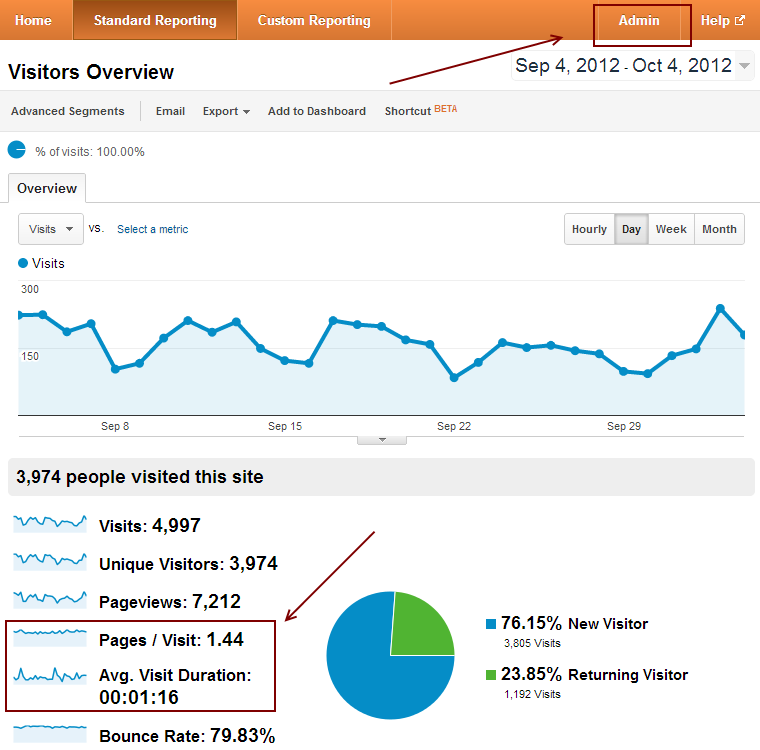
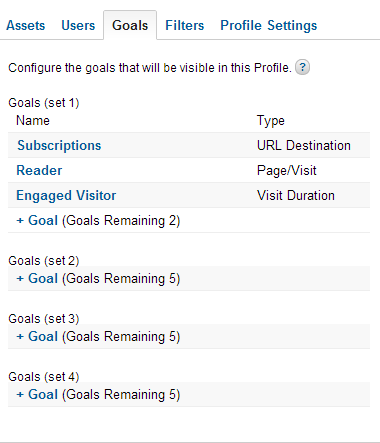
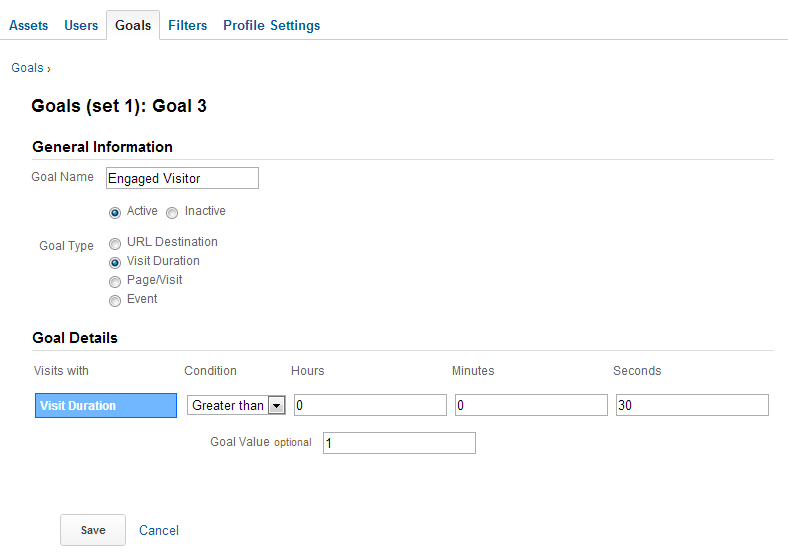
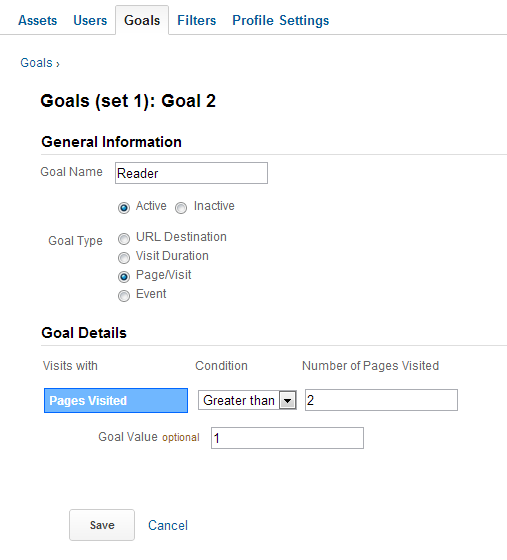

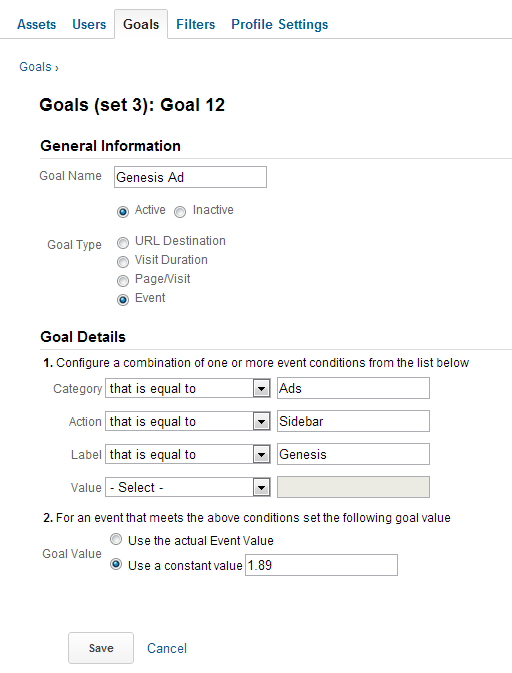



.jpg)
0 comments:
Post a Comment